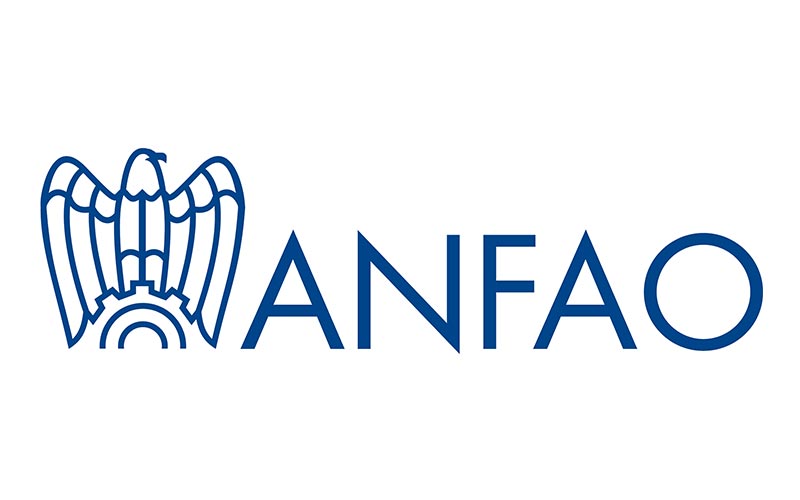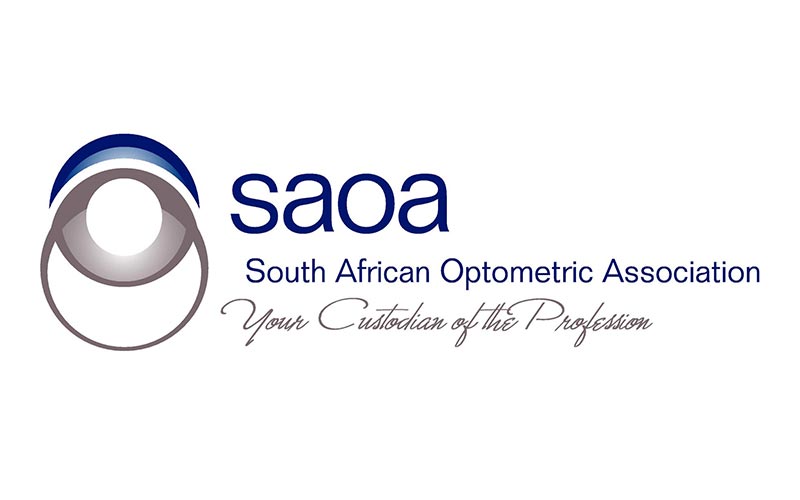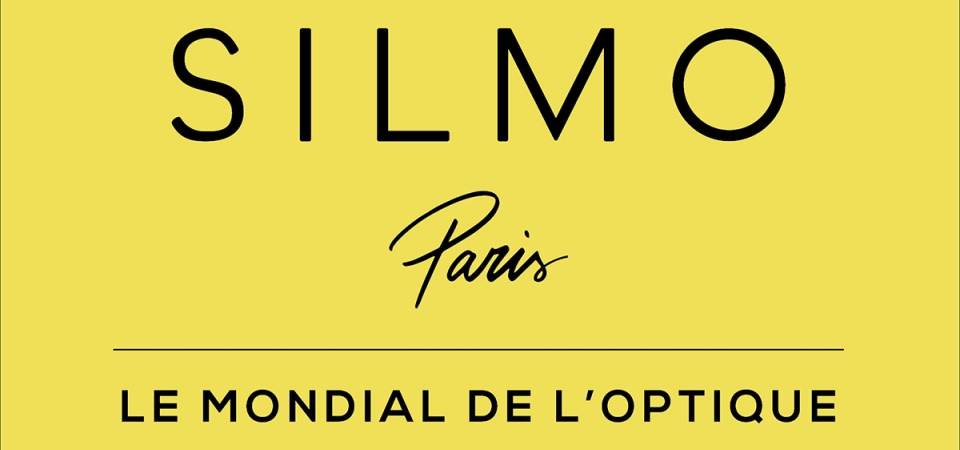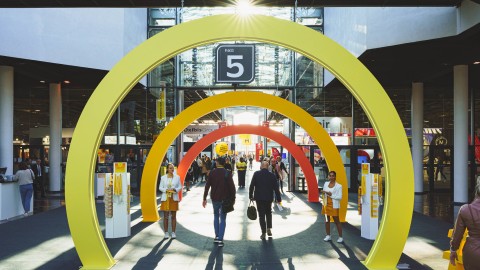2014 EXPORTS AT +11.8%, MORE THAN €3.1 BILLION
UNITED STATES, FRANCE, GERMANY, SPAIN, ENGLAND, NEWLY-INDUSTRIALIZED COUNTRIES THE MOST RECEPTIVE TO ITALIAN EYEWEAR.
DOMESTIC MARKET STILL SLUGGISH, BETTER OUTLOOK FOR 2015.
OVERALL SITUATION
The international recovery gained momentum over the summer and in early fall. The two powerhouses were the United States and China which combined, accounted for two fifths of the global increase in GDP.
The Euro zone remains on the brink of a recession exacerbated by deflation. The ECB is the only institution which, despite many restrictions, is thinking and acting with a European vision, but unfortunately this does not seem to be sufficient.
The situation is expected to stabilize in Italy, but with demand and production at very low levels.
Two important factors here are the stronger US currency and lower oil prices.
The Italian eyewear industry mirrors the overall situation. Exports reached a record-high, offsetting the chronic difficulties of the domestic market.
A noteworthy fact is that eyewear has learnt how to survive and even grow, with large companies finding this easier because they are more well-structured and quicker at grasping the changes, and with small- and medium-sized companies finding it more difficult because although many have an international reach, they are less organized and flexible in adapting to market demand.
PRODUCTION, COMPANIES AND WORKERS
In 2014 Italian eyewear production totaled €3,171 million, 9.4% more than in 2013.
This increase was driven and supported by exports in the industry.
The total number of companies remained practically unchanged, those that closed were replaced by newcomers on the market, showing that things are moving again. In 2014 there were 868 companies (-0.1% less than in 2013).
An important reason to be optimistic is that companies are hiring again: without considering workers on fixed-term contracts (almost 1,000) there were 16,195 people working in the sector at the end of 2014, +2.3% over 2013.
Noteworthy here is the “back reshoring” or “return to Italy” of some groups and companies, which are now manufacturing all or part of their production in Italy again, including eyewear companies.
One of the reasons is that consumers are becoming more sophisticated, seeking Italian products which they identify as luxury items, and as such are ready to spend, only if they are Made in Italy.
Other reasons include rising costs in China and other low-cost product countries, the need to be physically near a market and have more flexible production, the desire to improve brand positioning, and growing consumer sensitivity to social and environmental issues.
This trend is underway among large luxury groups, both Italian and foreign (which are coming to produce in Italy) because “Made in Italy” is a driver and higher costs are more than offset by the benefits of the product image and quality. Medium-sized companies are less inclined to do so because of their lower margins and the higher costs of producing in Italy.
This is, however, an important sign that could revitalize the manufacturing industry and related sectors and lead to new jobs, in the eyewear industry also.
EXPORTS AND TRADE BALANCE
Exports of frames, sunglasses and lenses, accounting for more than 90% of production in the sector, rose by 11.8% over 2013 totaling €3,110 million (a record high).
The trend was the result of similar increases in both of the main segments of the industry, frames and sunglasses.
In 2014, sunglass exports were up by 11.7% settling at approx. €2,069 million.
Instead, exports of frames grew by +12%, touching the €974 million mark.
Monthly exports in 2014 were similar to the global figure, with a sharp increase from the summer on, and leading to a double-digit increase in sunglass and frame exports.
Another testament to the economic vitality of eyewear on international markets were imports which increased by 13% year-on-year amounting to slightly more than €1,000 million.
The trade balance for Italian eyewear continued to be well in the black (€2,109 million trade balance in 2014), rising by more than 11 percentage points versus 2013.
EXPORTS BY GEOGRAPHIC AREA AND COUNTRY
2014 was a record year for Italian eyewear exports.
The United States and Europe reported a pickup in economic activity for the second consecutive year.
For Europe especially, where only a few countries had posted good results in 2013, the export figures were good, with some important results (in Spain, Portugal, and Greece too).
The figures for Italian eyewear exports to emerging markets remained positive, both in countries where it already has a foothold, as well as in the “newer” ones.
If sunglass and frame exports are considered as a whole, a detailed breakdown of the geographical areas shows that:
- the main market for eyewear exports in 2014 remained Europe, with a 50% share of all Italian eyewear exports and a 12.7% year-on-year increase (+13% for sunglasses, +12.3% for frames).
- The share of exports to the American continent in 2014 was slightly less than 30%, with sunglass-prescription eyewear exports up by 9.6% over 2013, and North America posting the best result (+12.7%).
- Asia absorbed 17.7% of Italian sunglass and frame exports in 2014 (+15% vs. the previous year), which was a brilliant performance and can mainly be attributed to Eastern Asia (+16%).
- Sunglass-prescription eyewear exports increased to Africa also in 2014 (+14.7% over 2013).
- Asia continued to be the main supplier accounting for almost 69% of total imports.
If the countries that Italy exports to are considered:
- in the United States (which has always been the leading export market for the eyewear industry with a 23% share in 2014) overall exports of sunglasses and frames stood at +13.3% over 2013. Sunglasses (+15.1%) remained the main driver despite the good increase in frame exports (+8.6%).
- The Italian eyewear industry did well in Europe, with a sustained recovery in some countries and a validation of previous results and some good news in others. The countries where its previous results were confirmed were basically France, Germany and the UK, with the last two definitely a step ahead especially for sunglasses. Italian exports of sunglasses and frames to Germany was +28.3% year-on-year, broken down into +27.6% for sunglasses and +29.1% for frames. Italian eyewear exports to the UK rose by +23.7% over 2013 with a +36.1% for sunglasses and +5.7% for frames. Of the three, France accounted for a slightly lackluster performance at 6.7% for sunglasses and eyewear, with a +8.9% for sunglasses and a +3.8% for frames.There was a sustained recovery in exports to Greece, Spain and Portugal which have finally started growing significantly: Greece (+15.1% overall versus 2013, with +15.2% for sunglasses and +14.7% for frames), Portugal (+13.1% for sunglasses and frames with +4.3% for frames and +20.1% for sunglasses) and Spain (+8.2% over 2013, and +8.1% for sunglasses and +8.4% for frames).
There was good news from northern Europe, an interesting area as a whole with good export figures for Italian eyewear. Sweden (+16.9% for sunglasses plus frames (with +18.3% and +15.3% for sunglasses and frames, respectively), Norway (+16.5% for sunglasses plus frames with +13.6% for sunglasses and +22.1% for frames), and Finland (+28% for sunglasses plus frames, with +30.2% for sunglasses and +26.8% for frames) combined accounted for almost 2% of the value of exports.
- As usual, the trend in eyewear exports to newly-industrialized countries should be considered separately. Here the global scenario is evolving constantly, the center of the world has moved, it is no longer, or not only, the developed West. Before it was the BRIC countries of Brazil, Russia, India and China, now it is STIM, South Africa, Turkey, Indonesia, and Malaysia. But there are also Vietnam, Burma, the Philippines, and Chile. Then it will be the turn of all of Africa. A new industrial world and a new world of consumers. A huge opportunity for Western industries which must be able to grasp these markets and their needs. Eyewear seems to be a master at this, it has always had an enormous ability to know how to exploit opportunities arising on international markets. In 2014 this tendency was seen again. In terms of market shares the numbers were still not very significant of course, therefore it is very easy to find results (both positive and negative) that are far in excess of double-digit figures, but the potential is huge for Italian eyewear exports. Below, in order of importance, is the current share of percentage changes in eyewear exports (ranging from 2.8% to 0.5%) to these countries in 2014:- China +178% (+172.7% sunglasses and +196.2% frames)
– Brazil +11.7% (+2.2% sunglasses and +41.7%frames)
– South Korea +20.6% (+22.8% sunglasses and -8.5% frames)
– Turkey +16.2% (+12.9% sunglasses and +49.7% frames)
– United Arab Emirates +14% (+6.3% sunglasses and +47.8% frames)
– Japan +27.6% (+34.3% sunglasses and +12.6% frames)
– Israel +10.1% (+8.4% sunglasses and +16.2% frames)
– Saudi Arabia +25.8% (+19.3% sunglasses and +41.3% frames)
– South Africa +17.5% (+20.9% sunglasses and +6% frames)
– Poland +28.3% (+32.3% sunglasses and +25.6% frames)
– India +16.5% (+14% sunglasses and +23.1% frames)
In Russia, on the other hand, geopolitical difficulties remain an obstacle for eyewear exports (-16.8% year-on-year for the industry).
MARKET SHARES OF ITALIAN EXPORTS
If worldwide exports of sunglasses and frames are considered, which were estimated at about €13.900 million in 2014, Italy’s market share stands at about 23%, after China. Of course, if the high-end share is considered, Italian exports would certainly rank first with a share of almost 70%.
When the two segments are analyzed separately, the value of the market share of Italian sunglass exports in 2014 was close to 30% and 20% for frames.
EXPORT VOLUMES
Overall, exports by the Italian eyewear industry totaled about 94 million pairs of glasses, rising by 2% versus 2013.
Of the 94 million pairs of glasses exported, 61 million were sunglasses (approx. 66%) and 33 million were prescription frames (34%).
DOMESTIC MARKET
There were no clear signs of a pickup in the domestic market in 2014, in terms of value an additional percentage point was lost.
Both the sell-in data collected by ANFAO, and the sell-out data collected by GfK show that the situation was definitely a difficult one albeit still better than in other sectors.
The overall trend remained negative (-3% for the sell-in value of both sunglasses and frames). There seemed to be a pickup for ophthalmic lenses, also because of the fact that they are a medical device and purchases of lenses cannot be put off forever.
A matter of concern is how these results were divided within the trade sector where chain stores posted a pickup in activity (as a result of private label products and high-impact promotional campaigns) and there was a net worsening for independent stores which still account for more than 50% of the Italian distribution sector. This shows that the distribution sector should also think carefully about how to take advantage of the changes and try to react to the recession by focusing on differentiation, quality, and the service offered to the end consumer.
FORECASTS FOR 2015
Based on the latest forecasts from leading economic institutes, 2015 seems more and more likely to be a watershed year, when the long, deep recession that began in 2008 should end accompanied by a growth in GDP and employment figures.
This crucial transition will be the result of three factors.
First, a very favorable combination of external elements: the sharp drop in oil prices, the falling Euro, a pickup in world trade, and lower long-term interest rates.
Second, pro-growth policies that will spark employment and investments, also because of the flexibility granted by Brussels.
The third factor is the economic indicators which are pointing to a situation of stable domestic demand and production, offering a good new starting point. Without considering EXPO which everybody hopes will make major contribution.
On the other hand, oil, the exchange rate and much lower interest rates will help the entire Euro zone area, which is the main market for Italian production.
The United States is the main driver again, China is experiencing a piloted slowdown and India is gaining momentum, which will be more conducive to an international upturn in activity despite the difficulties being experienced by Russia and Brazil.
The first tangible indications of a turning point can be seen in the statistics published by the Confindustria Study Center: the January surge in consumer confidence, especially because of the positive data on family budgets, spending on durable goods and future economic conditions suggest that domestic demand could contribute significantly to a further upsurge in activity over the coming months.
However, industrial production will be driven by domestic and overseas demand which is tipped to gain momentum. In addition, over the coming months we will be seeing the full results of the expansionary effects brought about by the fall in oil prices and depreciation of the Euros.
All these factors can definitely have a positive effect on the eyewear industry as well. Exports have saved the industry and will certainly continue to play a key role in the near future.
The changing global scenario is laying down new rules of competition across the board and with different economies also moving at different paces, it is no longer sufficient to “be a good seller”, but to focus on “what is sold”. Products will become fundamental, with innovation, quality, originality, and added value making more of a difference.
So for small- and medium-sized eyewear companies too, the key to recovery is necessarily to focus on specialization, market niches that have a high added value, Made in Italy products which are recognized worldwide, and certified quality.
Large-scale companies are also affected by these sweeping changes since their strong international reach may either be no longer sufficient or applicable to certain products, primarily high-end and luxury products.
In Italy, however, appropriate government measures are needed to support and drive this process, as governments in other countries have already done (first among these the United States): a reduction on the tax wedge, less bureaucracy, detaxation of profits re-invested in R&D, lower energy costs and safeguarding Italian production are all must-haves.
Next come structural reforms. Those that have either been approved or are about to be implemented, and those that are moving through parliament, and an area where we expect the Italian government to finally make some significant efforts. Ireland and Spain, which have reported strong increases in GDP, are examples of the positive impacts of reforms, even through the return of overseas investors.









